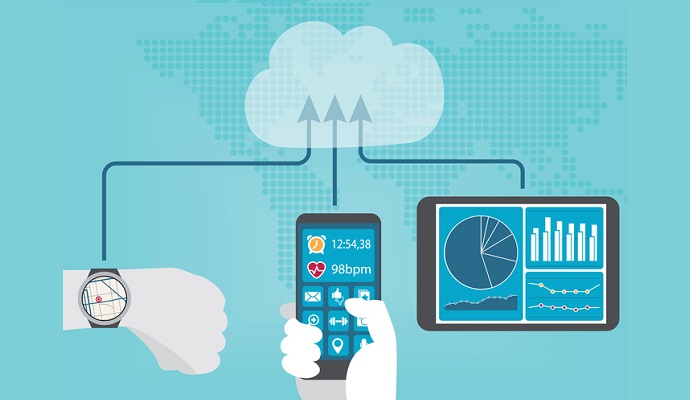If you're like most people, you probably think of patient monitoring as done in a hospital setting. But did you know that there's a growing trend of using remote patient monitoring to improve care? This blog post will discuss CoachCare remote patient monitoring and why it's becoming so popular. We'll also look at the benefits of using this technology for both patients and healthcare providers.

What Is Remote Patient Monitoring, And Why Is It Becoming Popular?
Remote patient monitoring (RPM) is a growing trend in the healthcare industry. It involves using technology to collect patient data and monitor their health remotely. This can be done through various devices, including wearable sensors, mobile apps, and home-based monitors.
There Are Several Reasons Why RPM Is Becoming More Popular.
First, it can improve care for patients with chronic conditions by allowing their healthcare providers to monitor their health on an ongoing basis closely.
Second, RPM can save money for both patients and healthcare providers by reducing the need for office visits and hospital stays.
Finally, RPM can increase patient engagement by giving them access to their health data and empowering them to take an active role in their care.
What Are The Benefits Of Remote Patient Monitoring For Patients And Healthcare Providers?
For patients, remote patient monitoring can provide several benefits, including:
1. Increased Access To Care:
Patients who use remote patient monitoring can receive care from healthcare providers 24 hours a day, seven days a week. This can be especially helpful for patients who live in rural areas or have busy schedules.
2. Improved Quality Of Care:
Remote patient monitoring allows healthcare providers to track patients' health status and vital signs closely. This can help providers identify and address potential health problems early on, leading to improved outcomes.
3. Enhanced Communication:
By providing patients with real-time updates on their health status, remote patient monitoring can help them feel more connected to their care team. This can improve overall satisfaction with the care they receive.
For healthcare providers, remote patient monitoring can offer several benefits, including:
1. Increased Efficiency:
Healthcare providers can use remote patient monitoring to track patients' health status and vital signs from a single location. This can save time and resources and improve communication between care team members.
2. Improved Patient Outcomes:
By using remote patient monitoring, healthcare providers can identify and address potential health problems early on. This can lead to improved patient outcomes and satisfaction with their care.
3. Reduced Costs:
Remote patient monitoring can help healthcare providers save money by reducing the need for office visits and hospital stays. In addition, RPM can help to improve care coordination, which can further reduce costs.
The Final Words:
RPM is a growing trend in healthcare that offers many benefits for both patients and providers. If you're considering using this technology to improve your care, talk to your healthcare provider about the best way to get started. Thanks for reading!
If you have any questions or want to learn more about remote patient monitoring, please contact us today. We would be happy to discuss how we can help you improve your care. Thanks for reading!